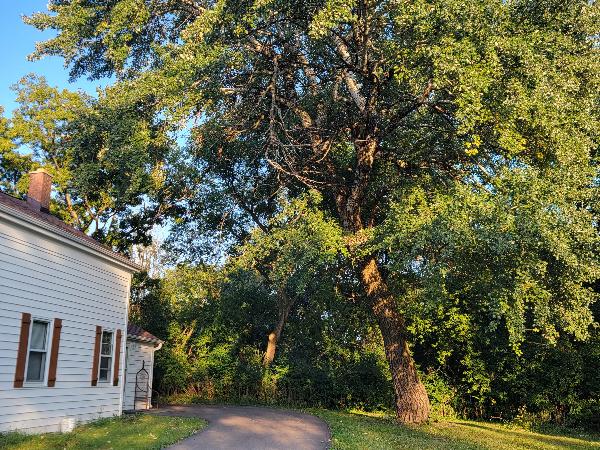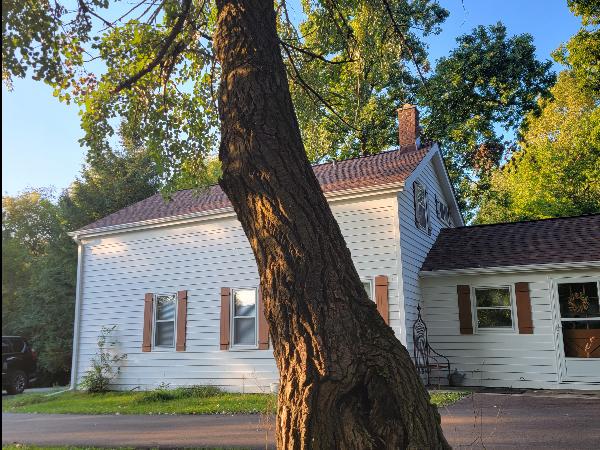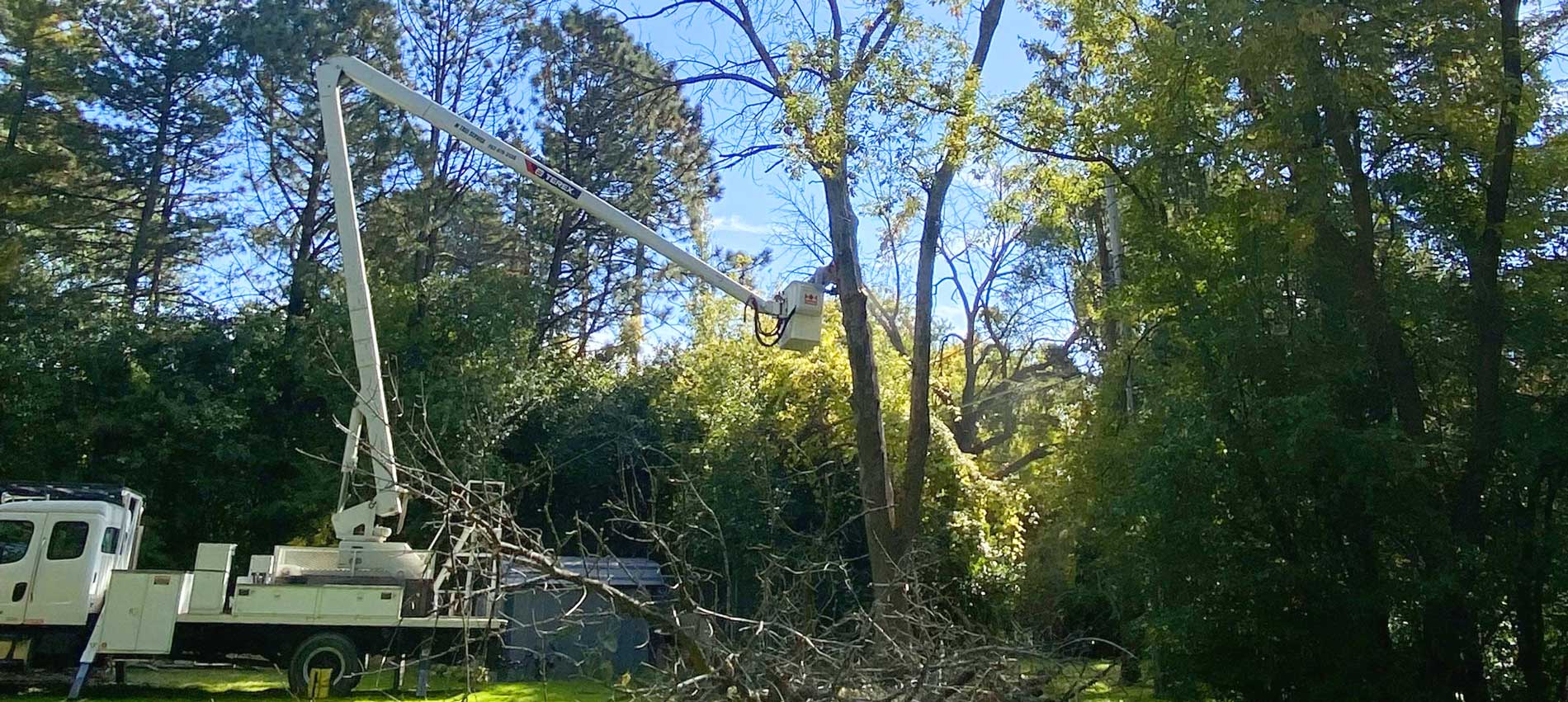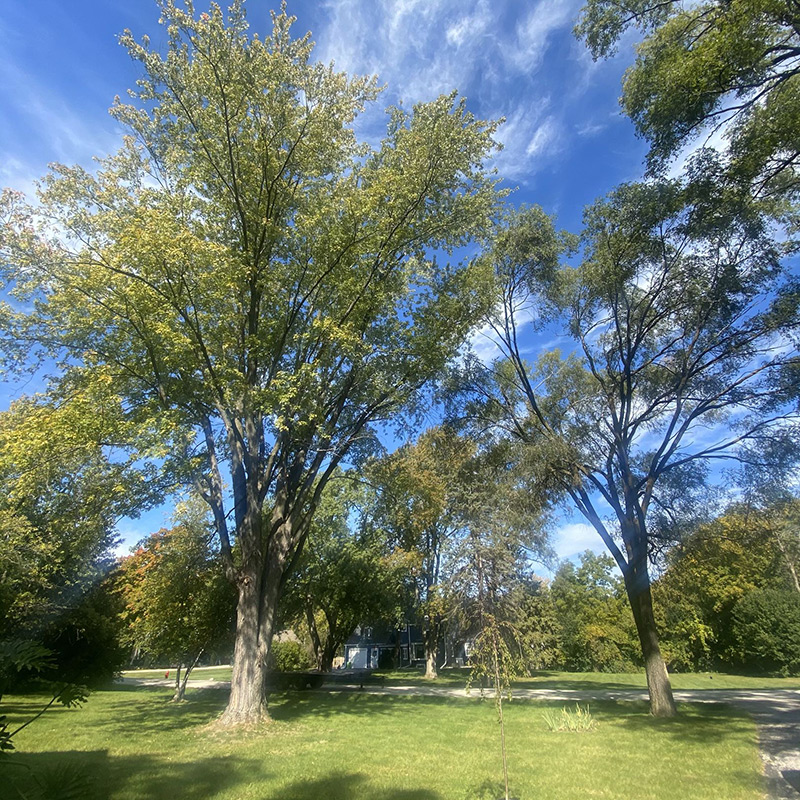Trees are not just a beautiful part of our landscape, but they also provide numerous benefits like shade, oxygen, and a habitat for various wildlife. However, there comes a time when a tree might need to be removed to ensure safety and prevent potential damage.
Tree removal is a crucial aspect of tree maintenance and ensures the overall health and safety of your property. While trees provide numerous benefits, certain circumstances may necessitate their removal. It is essential to recognize these situations to prevent accidents, property damage, or harm to individuals. Here are potential signs that indicate when a tree should be removed, and the steps to take to ensure a safe and efficient tree removal process.
Structural Instability
If you observe a significant lean in a tree or notice signs of instability, it could indicate the need for removal. Structural instability may result from various factors such as root damage, soil erosion, or wind damage. A leaning tree poses a substantial risk, especially during severe weather conditions, increasing the likelihood of property damage, injuries, or power outages. In such cases, tree removal is recommended to eliminate potential danger.
Significant Trunk Damage
Extensive trunk damage weakens a tree, making it vulnerable to collapse. Deep cracks, large cavities, or splits in the trunk indicate compromised structural integrity. In such instances, tree removal may be necessary to prevent unexpected falls.
Extensive Decay and Rot
Decay and rot within a tree weaken its structure, making it prone to breakage. Fungi, such as mushrooms or conks, growing on the trunk or branches are clear indicators of decay. If decay compromises the tree’s stability, removal is often the safest course of action.
Pest Infestation or Disease
Severe pest infestations and diseases can cause irreversible damage to trees. Insects like termites, borers, or beetles weaken the tree’s structure and compromise its health. If the problem is extensive and treatments are ineffective, removal may be necessary to prevent the spread of pests or disease to nearby trees.
Excessive Deadwood
Excessive deadwood in a tree indicates decline and potential hazards. Dead branches can fall unexpectedly, posing a risk to people and property. If a significant portion of the tree is dead or covered in deadwood, removal should be considered to eliminate the danger.
Damaged or Diseased Roots
The health and stability of a tree depend on its root system. When roots are damaged or diseased, the tree’s ability to absorb water and nutrients is compromised. Signs of root problems include decay, fungus growth, or visible damage. If the root system is severely compromised, tree removal may be necessary to prevent decline and potential hazards.
Limited Space for Growth
In some instances, a tree may outgrow available space, causing issues with nearby structures or utilities. Trees growing too close to power lines can pose a threat, leading to power outages or safety hazards. If the tree’s growth interferes with functionality or safety, tree removal might be the best solution.
Construction or Renovation Plans
When planning construction or renovation projects, certain trees may impede progress or pose risks. In such cases, removing specific trees may be necessary to accommodate the project safely.
Risk to Nearby Structures or Utilities
Large trees with heavy branches overhanging structures can pose a risk in case of branch failure or tree collapse. If the tree’s proximity to a structure presents a significant risk, removal is advisable to prevent potential damage.
Safety Hazards in High-Traffic Areas
Trees in high-traffic areas need careful evaluation. If the tree’s branches or roots pose safety hazards, removal should be considered to mitigate potential accidents.
Overcrowding and Competition
When multiple trees grow in close proximity, they may compete for essential resources. Removing certain trees can alleviate overcrowding and allow the remaining trees to thrive.
Trees in Decline
Trees showing significant signs of decline may need removal to prevent further damage and ensure the health of surrounding trees.
Professional Arborist’s Recommendation
When in doubt about the condition or safety of a tree, consult with a professional arborist. An arborist can assess the tree’s health, structural integrity, and provide expert advice on whether tree removal is necessary.




Is it necessary to remove a tree just because it leans slightly?
Not necessarily. A slight lean may not indicate immediate danger, but if the lean becomes more pronounced or if there are other signs of instability, removal should be considered.
Can a tree with pest infestation be saved?
In some cases, prompt and effective treatment can save a tree from severe pest infestation. However, if the infestation is extensive and the tree’s health is compromised, removal may be the best course of action.
How long does the tree removal process take?
The duration of the tree removal process depends on various factors, such as the size of the tree, its location, the weather, and any obstacles present. It is best to consult with an arborist for a more accurate estimate.
Can I remove a tree on my own?
Tree removal can be dangerous and complex, especially for larger trees or those in challenging locations. It is strongly recommended to hire trained professionals to ensure safety and proper handling.
What should I do with the tree stump after removal?
You have the option to have the tree stump ground down or completely removed. Discuss your preference with the tree removal specialists, who can provide guidance based on your specific situation.
Customer Service
24/7
On-site Service
Mon-Fri | 8:00am- 5:00pm
Saturday | 9:00am- 4:00pm
Sunday | Emergency Hours Only